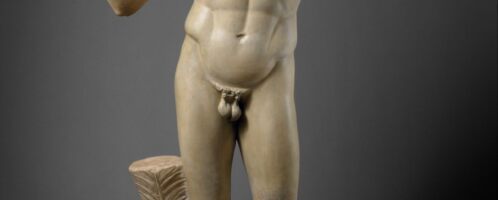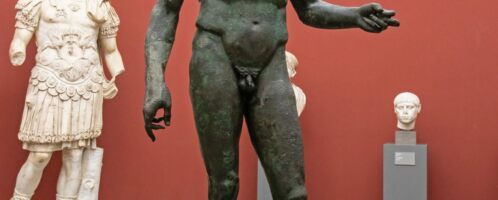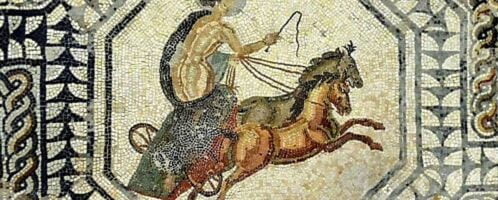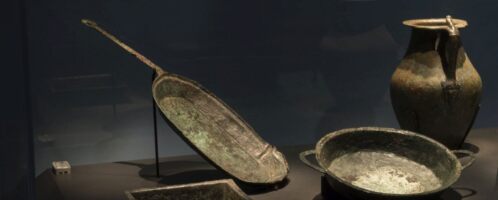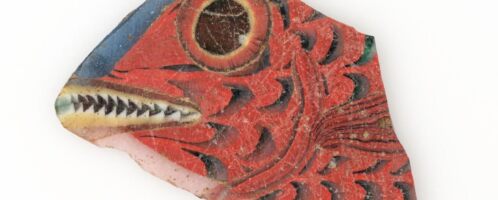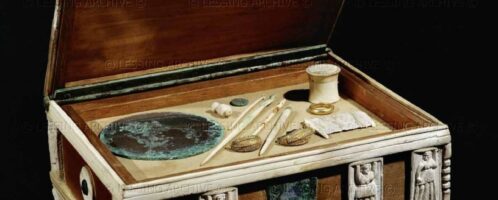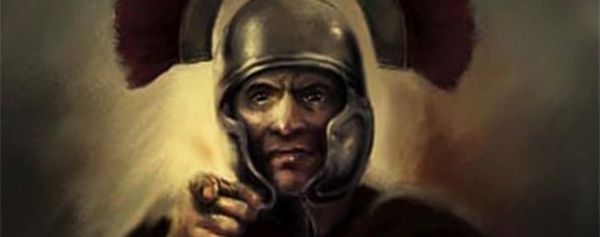Sculpture of Diadumenos
Partially preserved marble sculpture of a certain Diadumenos, who adorns his head with a headband after winning an athletics competition. The object is dated to the 1st century CE; is on display at The Metropolitan Museum of Art in New York.

